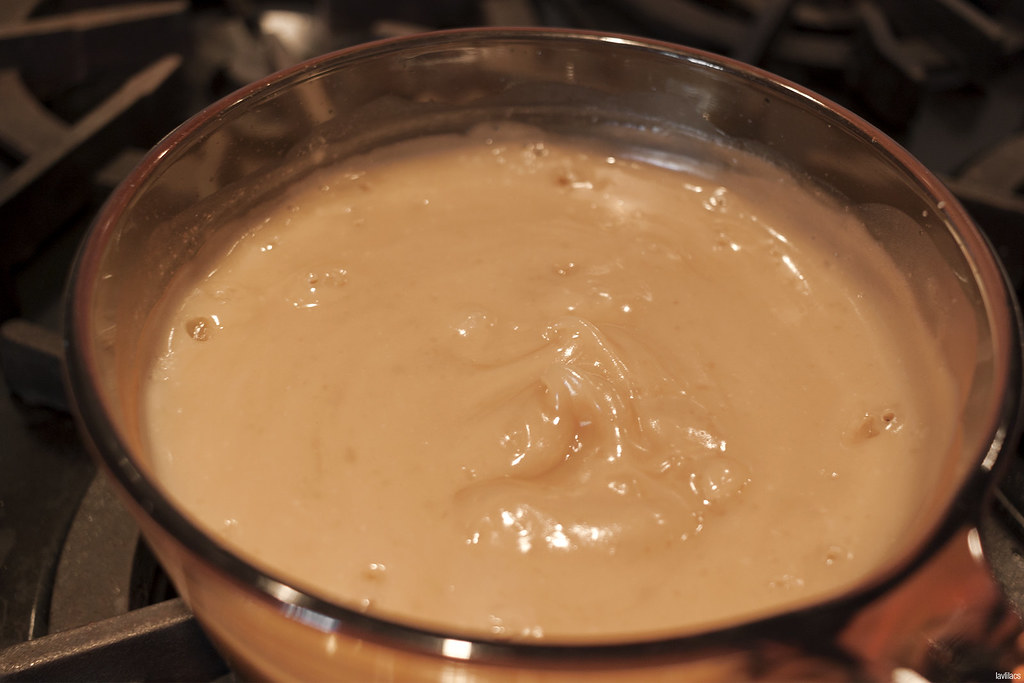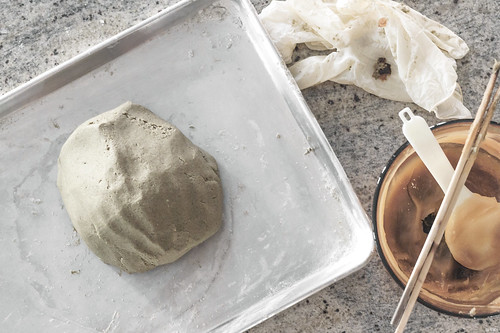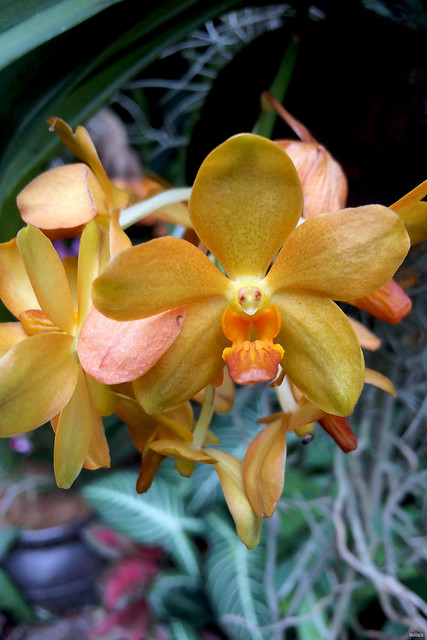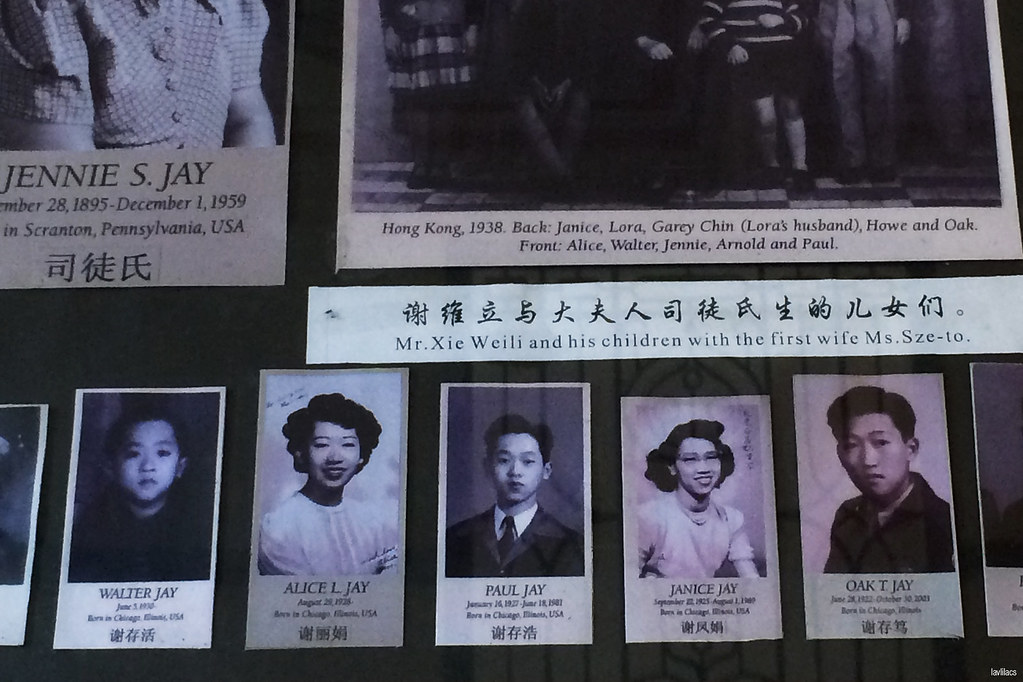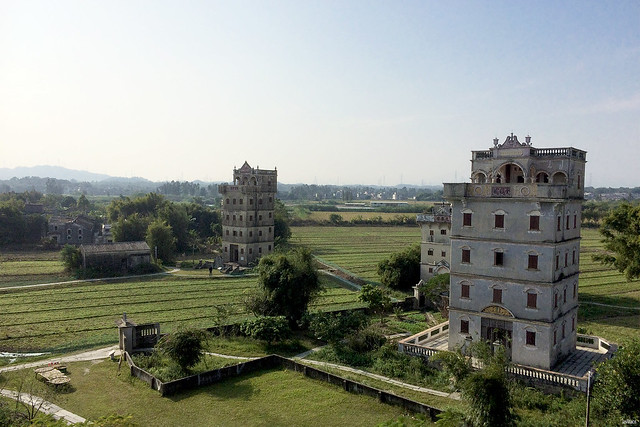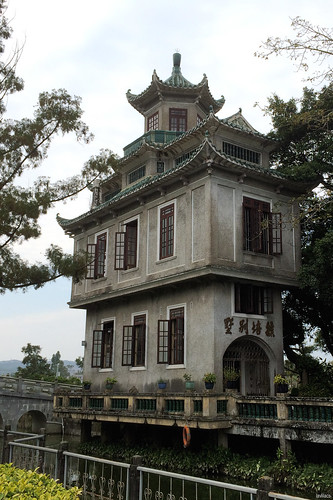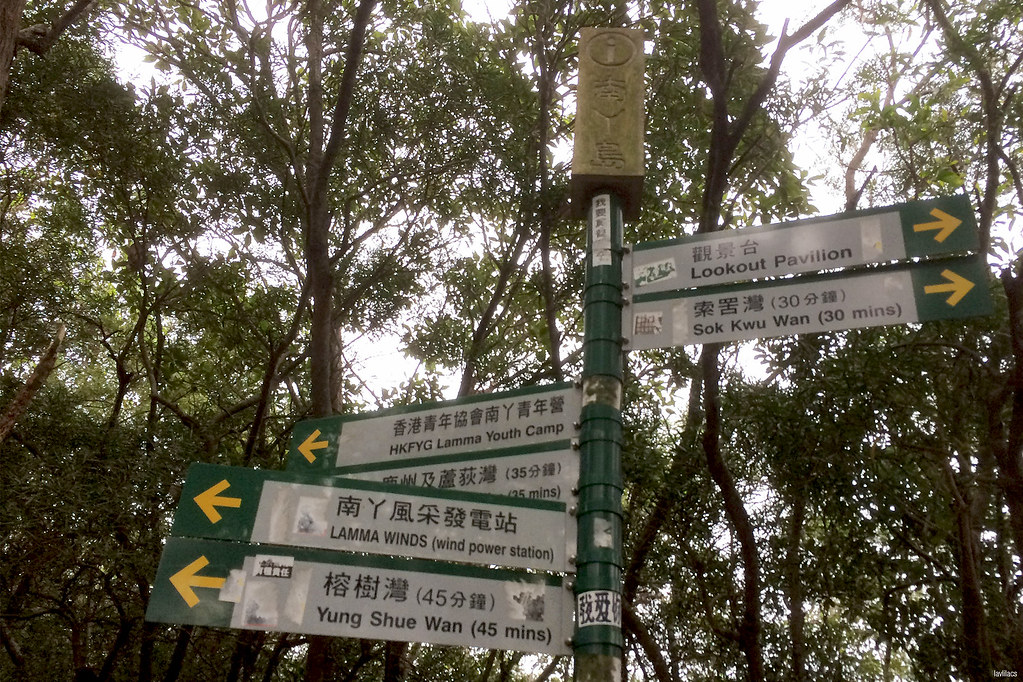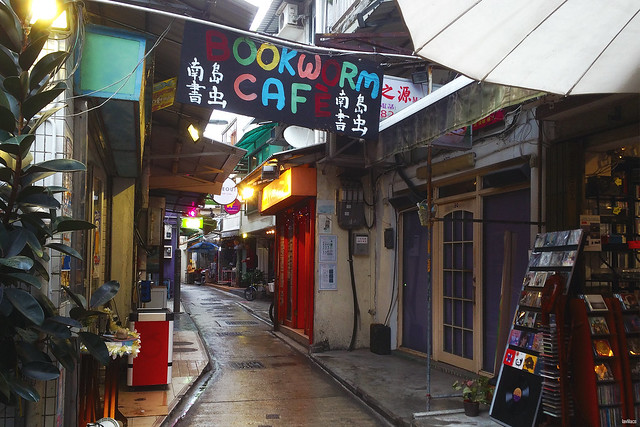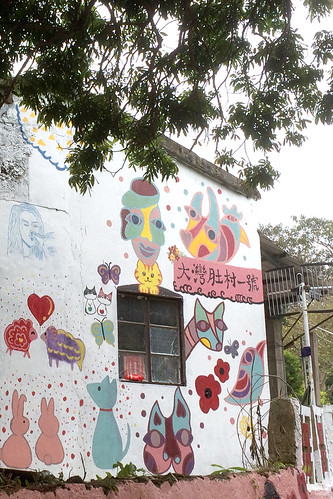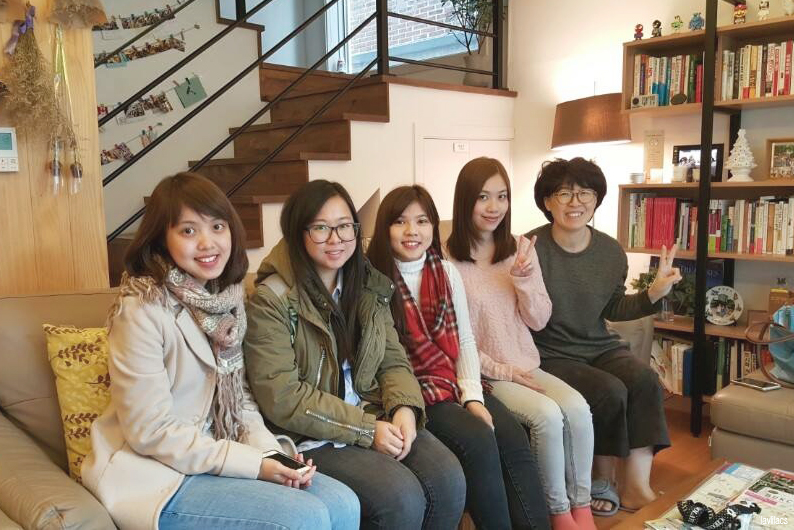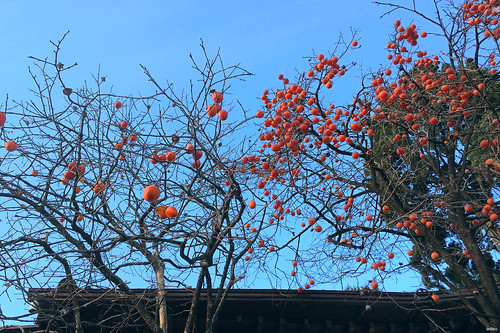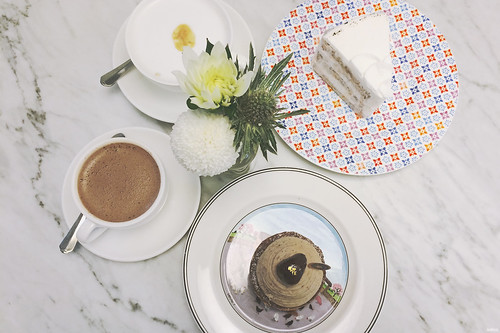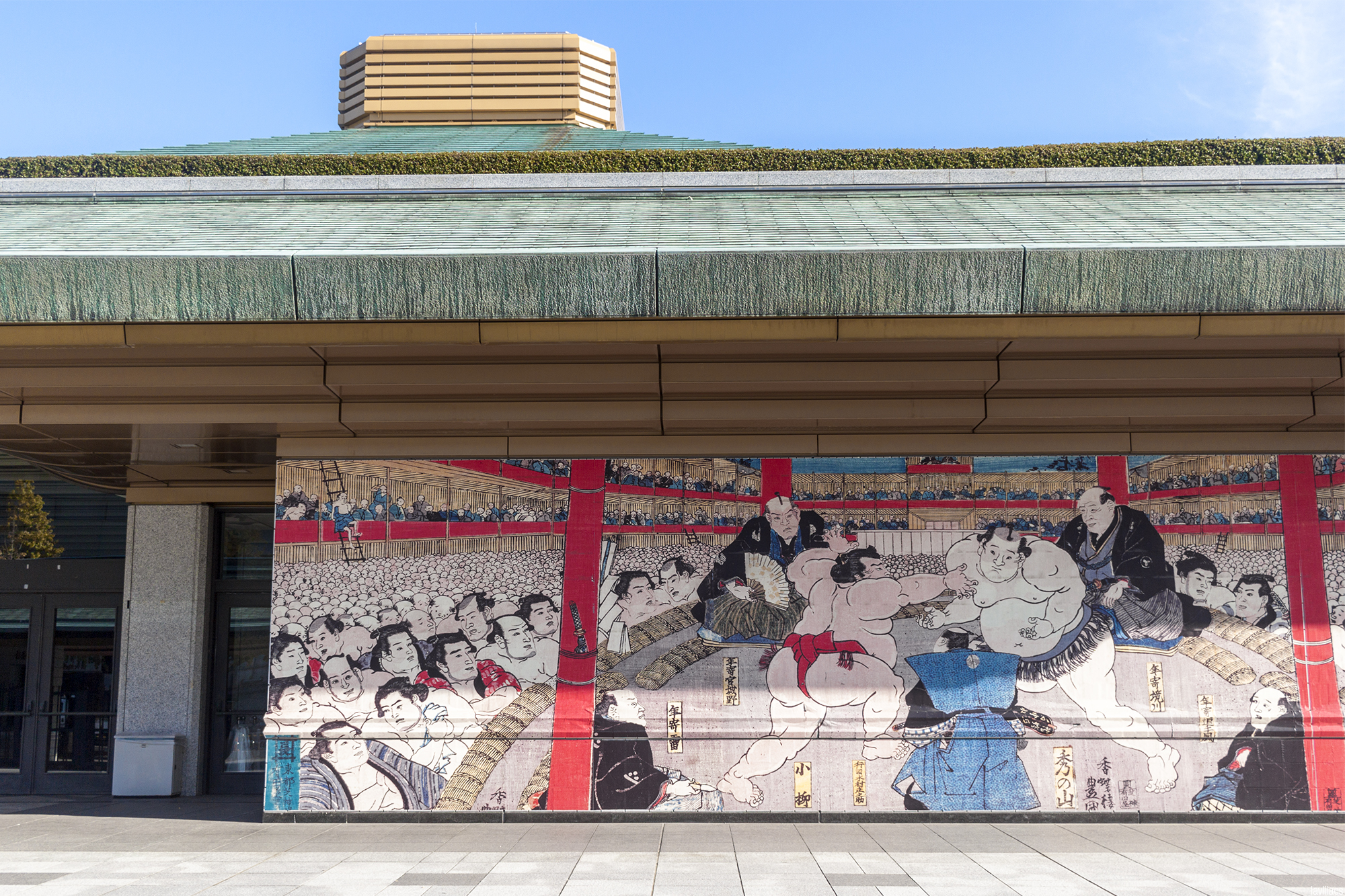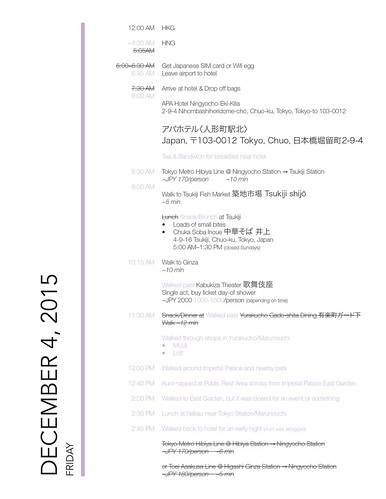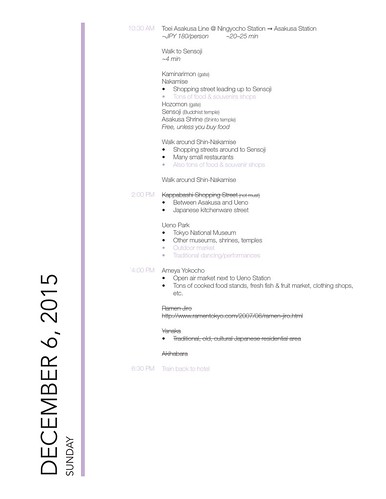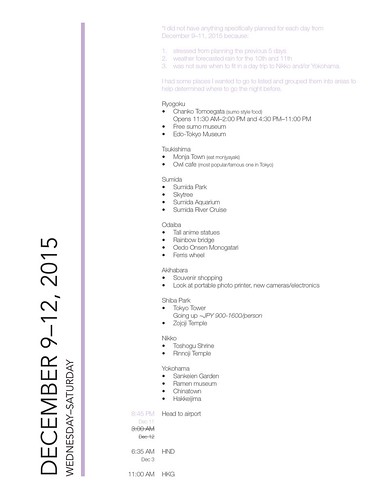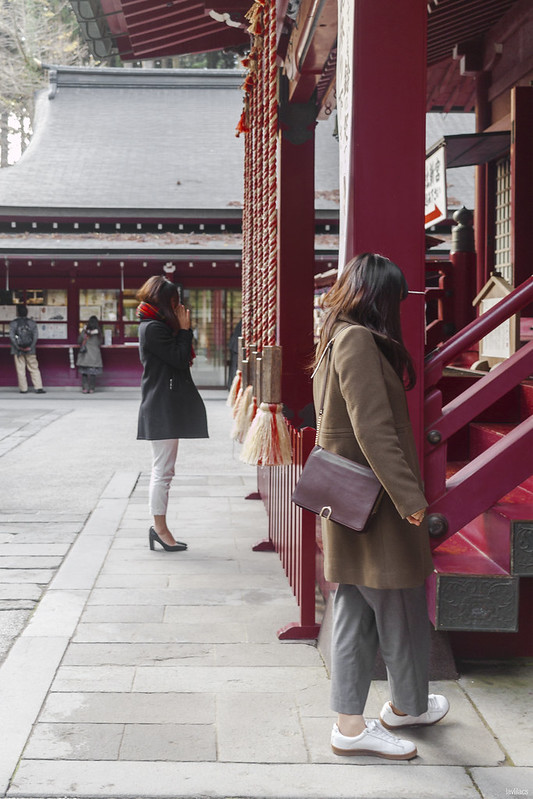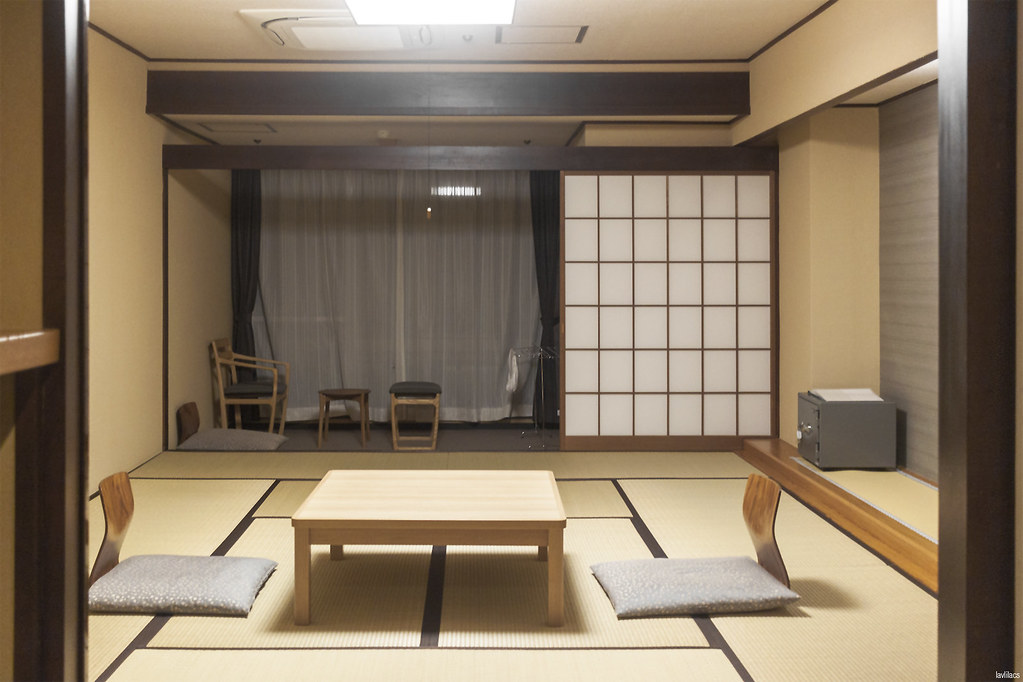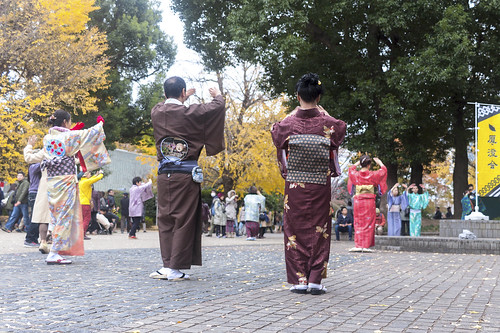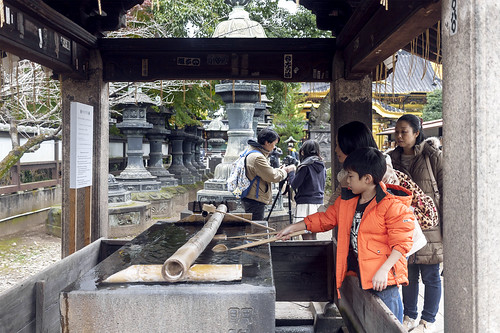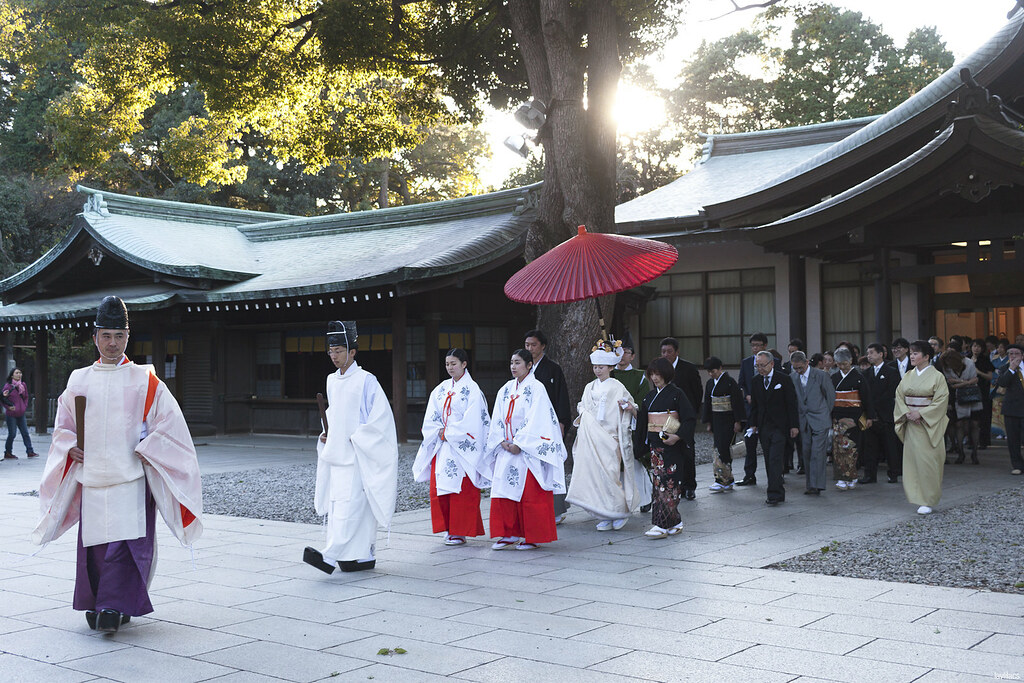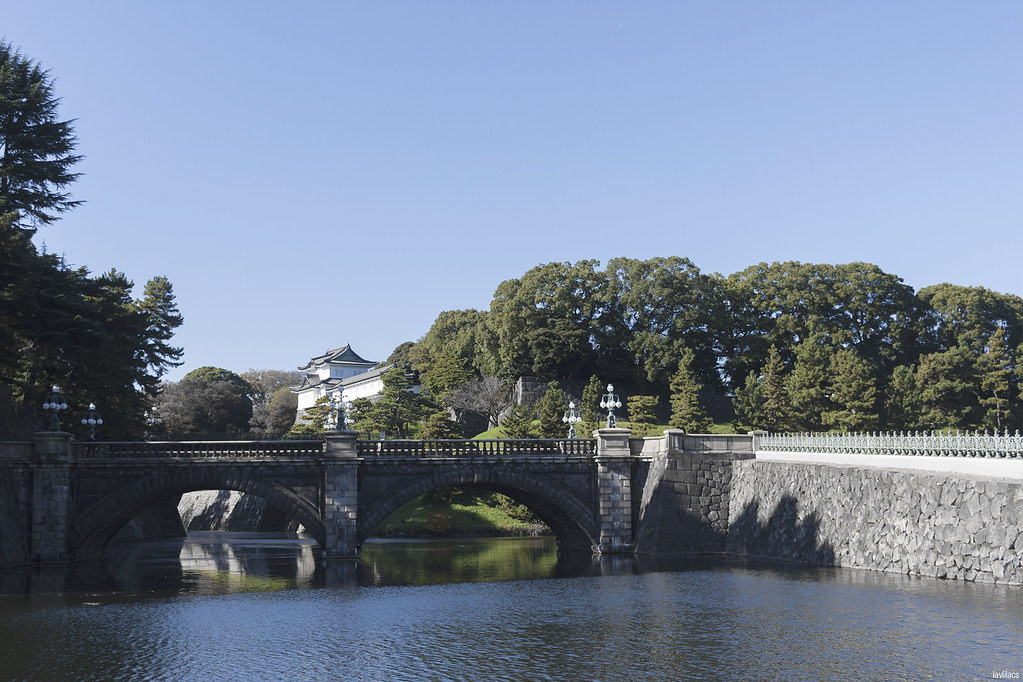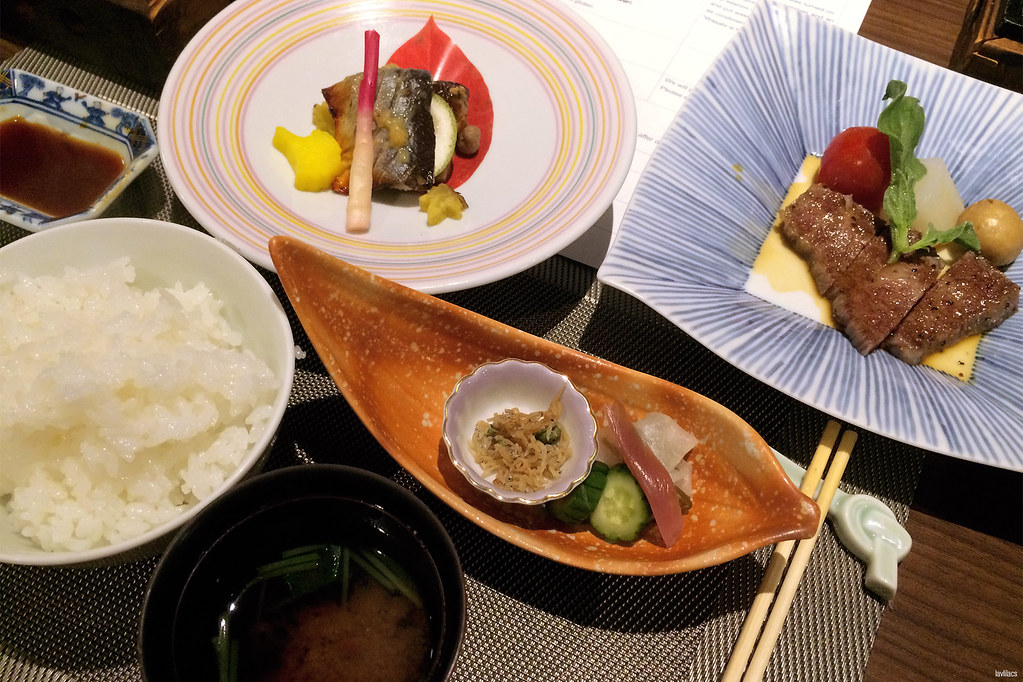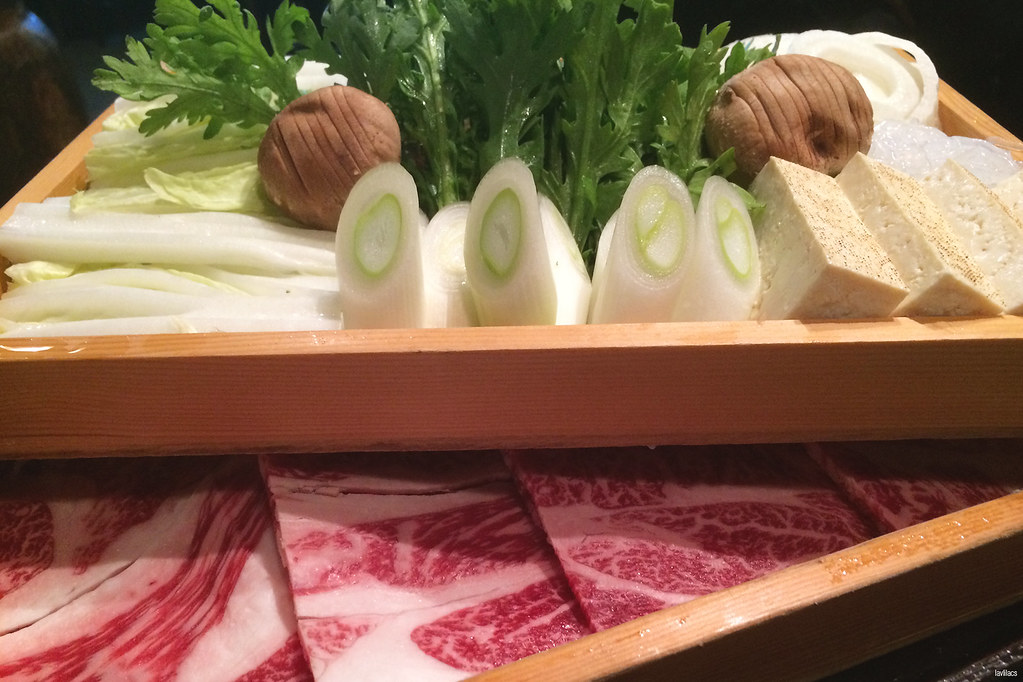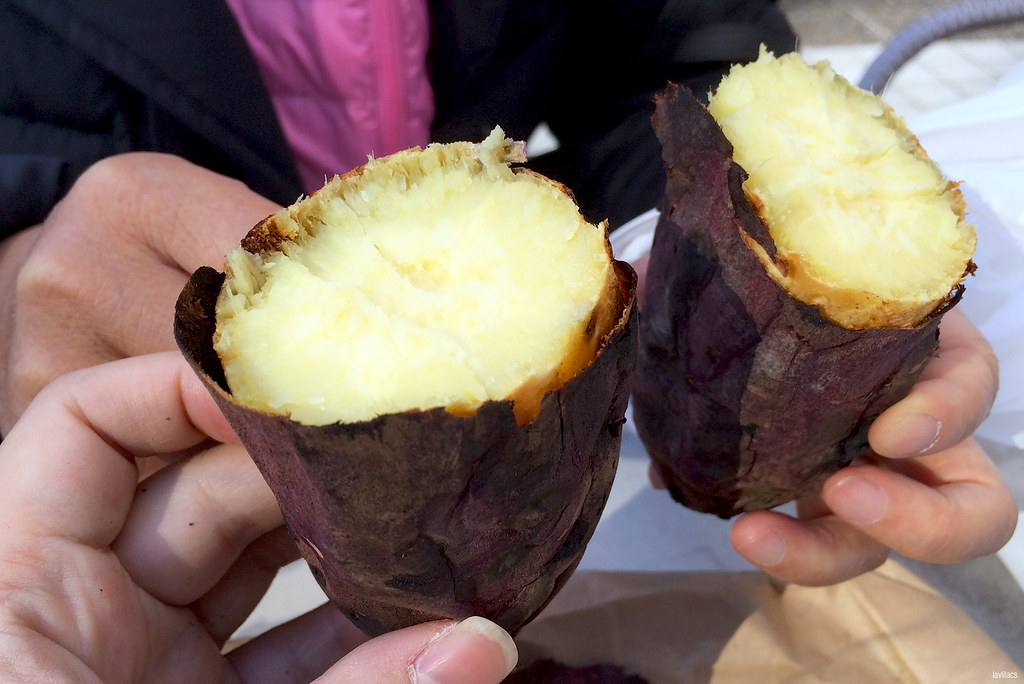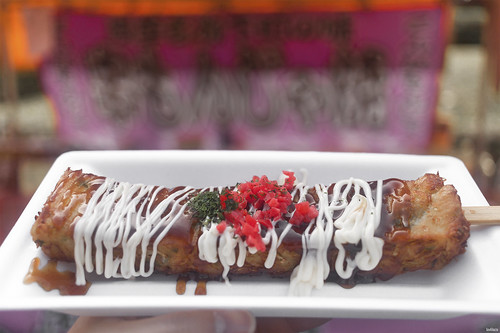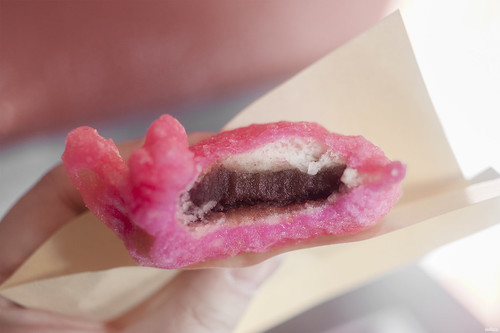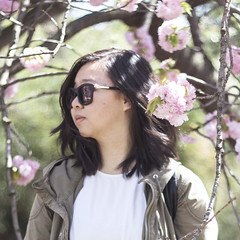Singapore Eats
New York may be one of the most culturally diverse cities, but there are still many cultures and countries that aren't as well represented as others in the food scene. Chinese and Japanese cuisines were the forerunners in the Asian restaurant category. Korean food has grown steadily as all things Korean become ever more popular. Thai, Vietnamese, Malaysian, and Filipino eateries are specialties that exist and are slowly gaining a larger foothold even on non-Asian foodies' "To Try" lists.Singapore is a country that is very under-represented in New York City's food world. It could be that the Singaporean food culture and hawker centers don't translate as well here or maybe foods that are similar to Singaporean cuisine could also be found in existing establishments since the country itself is a melting pot of many Asian immigrants.
It is safe to say that my most memorable moments of Singapore are all food related. Being able to taste various local eats was just as exciting as exploring new sights. Everything was new in one way or another. Not every single thing I ate there was out-of-this-worldly delicious. Certain foods suited my taste buds more than others. The trip to Singapore wasn't solely about eating the best of any one kind of food, rather it was just to try new types of food that I haven't had before.

Coffee & Toast, Singapore Changi Airport.
Kaya toast (toast with coconut jam and butter) with onsen egg and teh peng (iced tea with condensed milk and sugar) are supposedly the representative breakfast and snack combo in Singapore. I almost left the country without having tried it once. Kopitiam stops (coffee shop) were never needed as neither my Aunt nor I drink coffee; plus, we favored another thirst quencher during our visit.Had I known how delicious yet simple and affordable this food pairing would be, I would have made sure to have it at least once or twice more as an energy booster. Although kaya is a jam, it isn't nearly as sweet as the typical berry varieties are. The addition of the runny eggs and butter help to balance out the sweetness of the jam and the dryness of the toasted bread.
My trip to Asia also affected my preferences in milk tea. Hong Kong and Singapore's choice of pairing condensed milk or evaporated milk with black tea brings a whole new world of differences that regular milk and even half & half cannot compare to. While the latter two can water down the flavors of the tea, the former two (I feel) add a creaminess while enhancing the tea. If that makes any sense at all. To simply put it, condensed milk + tea yields a stronger tea taste and milk + tea yields a weaker tea taste.

Din Tai Fung, Marina Bay Sands, Marina Bay.
The best drink I had in Singapore was an unassuming cup of lemon earl gray iced tea from Din Tai Fung. Yes, my favorite item from Din Tai Fung Singapore was a glass of tea and not the soup dumplings. Not that the food I had was bad or anything like that. The tea just blew my mind.Maybe it is was the use of frozen earl gray tea in place of typical water-based ice cubes? Perhaps the tea Din Tai Fung sourced is of very high-quality? Or is it possible that they use a very concentrated earl gray tea base? Whatever the reason, this was the single best cup of cold lemon tea I have ever had! The closest comparison I can think of would be to say it was like the natural and less-sweet version of a can of Brisk or Nestea. The tea flavor was so concentrated yet not cloyingly sugary. The ball of frozen tea became slush-like as it melted throughout the meal.
Ah~ I still can't stop thinking about it! I wonder if this ice tea is available in Din Tai Fung's in other countries too or if it is a region specific item.
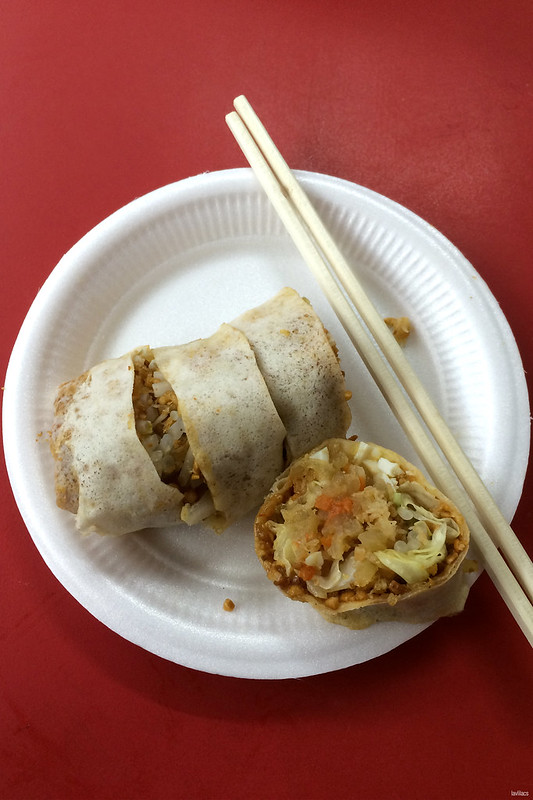 | 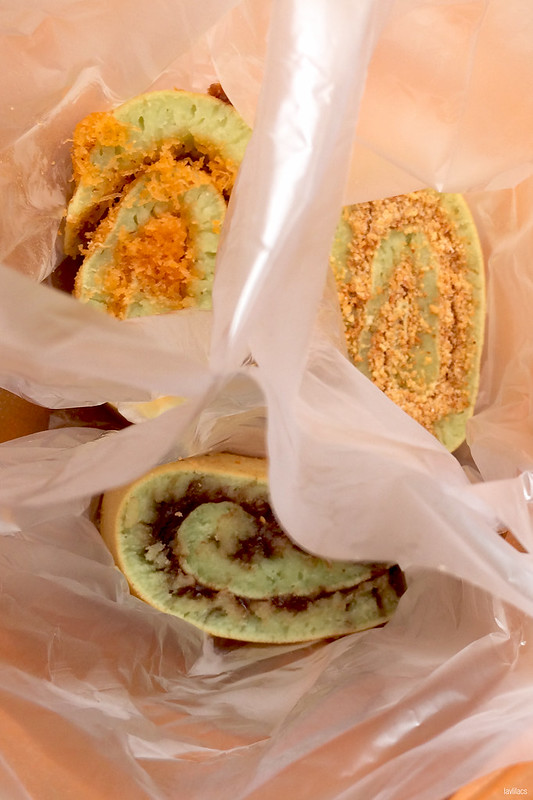 |
Ann Chin, Chinatown Complex Market, Chinatown. & Weng Pan Cake, Maxwell Food Center, Chinatown.
Popiah and pan cake both look so familiar yet very different from anything I have ever eaten before. Popiah looks similar to a burrito but is much smaller in size. It is a bit big and not fried to call it a spring roll. The wrapper skin is very thin and filled to the brim with lettuce, carrots, sprouts, and some crunchy bits. This was definitely one of the few things I tried in Singapore that wasn't my cup of tea. For something that looks like it would be savory tasted surprisingly sweet.Min chiang kueh (Hokkien for peanut pancake) is something my Airbnb host recommended in her nearby eateries guide. Even though at first glance it doesn't seem very special, these swirly treats are very unique. The pancake has a chewiness and airiness to it that the typical flapjacks lack. Desiccated coconut, sugar-peanut mixture, and red bean fillings are tried & true matches to anything remotely "cakey". I think my favorite may have been the peanut version because the crunchy texture paired well with the soft sweet roll. These min chiang kueh sell for 50 cents a piece. It is worth a try without having to commit to a lot at once.
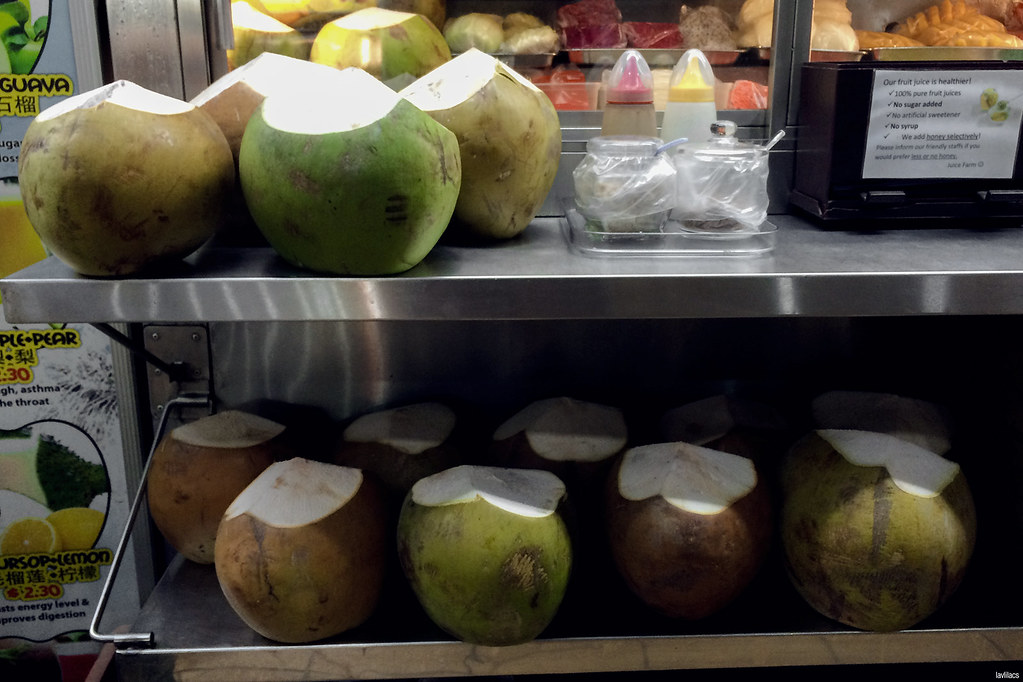
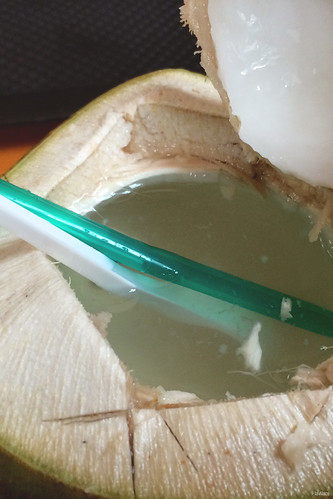 | 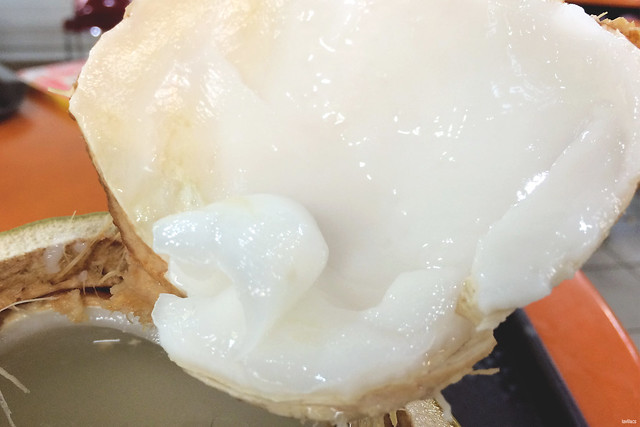 |
Maxwell Juice Bar, Maxwell Food Center, Chinatown.
Sipping fresh coconut water in the humid Singapore weather is second-to-none. It is almost impossible to miss it. Hawker centres are everywhere in the Singapore and most will have at least one vendor who sells fresh coconuts. It couldn't be any more practical since the vendors could easily crack open the coconut for you and the hawker centres have places where you can properly discard the remaining shells.While drinking coconut water straight from the fruit is as good as it can get, I had no idea young coconut flesh could be so interesting. The meat is jelly-like and scrapes off easily. It made for a great bonus dessert.
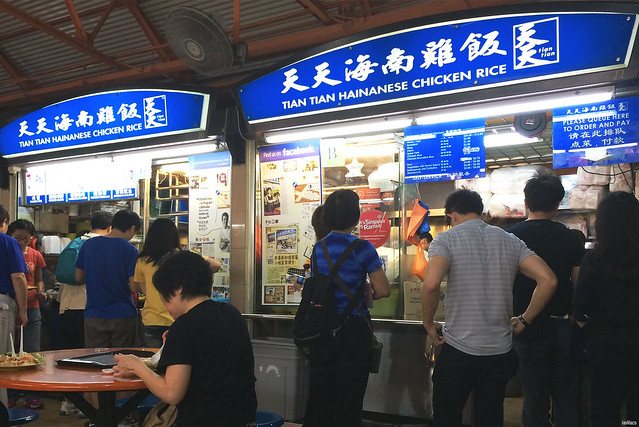 | 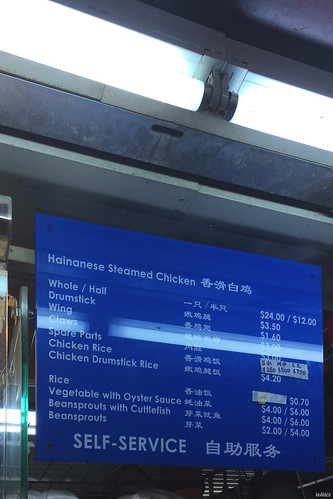 |

Tian Tian Chicken, Maxwell Food Center, Chinatown.
Tian Tian Chicken Rice at Maxwell Food Center is certainly on the top of my "Most Memorable" list. Hainanese chicken isn't a new dish to me. Yet the way the way Tian Tian Chicken Rice made it felt completely new. The meat was so smooth and tender. The breast meat wasn't dry or tough at all! The flavored rice was tasty and not overly fatty.When any restaurant or food vendor has long lines of not only tourists but also locals waiting for food, it is safe to say that it would be a solid choice for a meal. Tian Tian definitely didn't disappoint. Chicken and rice are what they do (no really, they only do chicken, rice, and veggies) and they do both oh so well. My aunt and I enjoyed it so much that this was the only place we ate at twice during our short visit to Singapore. I am over the moon excited to hear that Anthony Bourdain is working to bring them over to NYC in the near future for his Asian style food center in Manhattan.
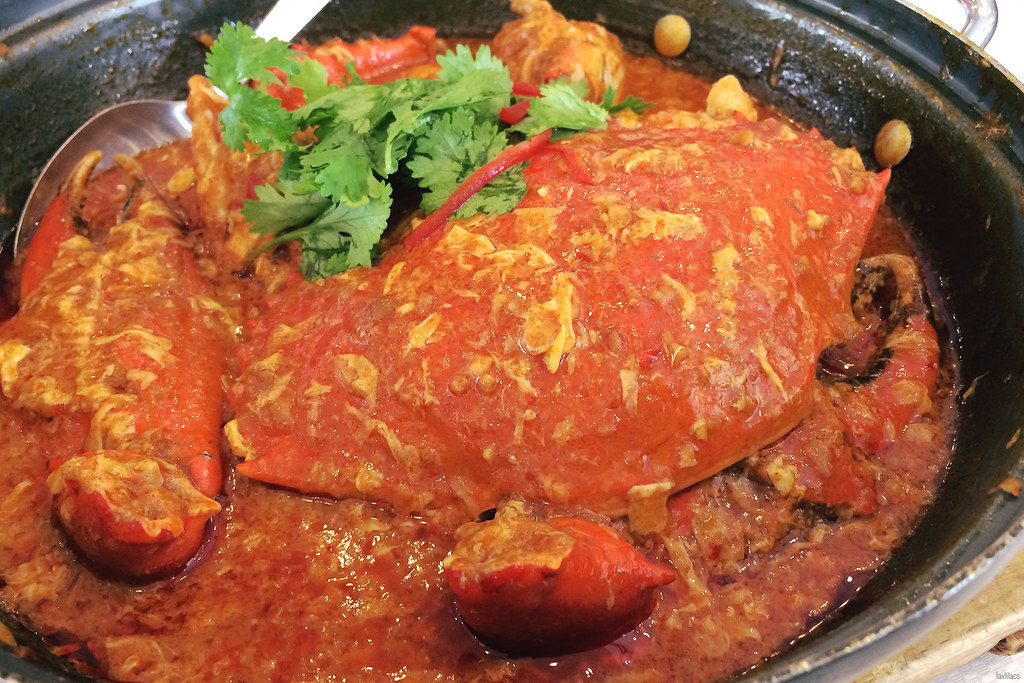
Singapore Seafood Republic, Sentosa.
I am usually the last one to reach for crustaceans if it is ordered at big family dinners. So much work is needed to pick out such a small amount of meat. Some time ago I heard about Singapore's unique chili crab dish and how beloved it was by everyone who's tried it. Such praises kept it on my food radar despite my laziness for deshelling seafood.It was unexpectedly quite difficult to find an eatery that served the dish that also wasn't too out of the way. I wanted to stop by Sentosa even more after I found that a place called the Singapore Seafood Republic served chili crab. This is definitely a very heavy dish for two people in the middle of the day, but once-in-a-lifetime chance, right?
The sauce of the dish is definitely the star: spicy but still sweet and tangy. There isn't enough crab meat for all the saucy goodness. My biggest regret is not knowing to order fried buns to use as a sauce mopping mechanism.
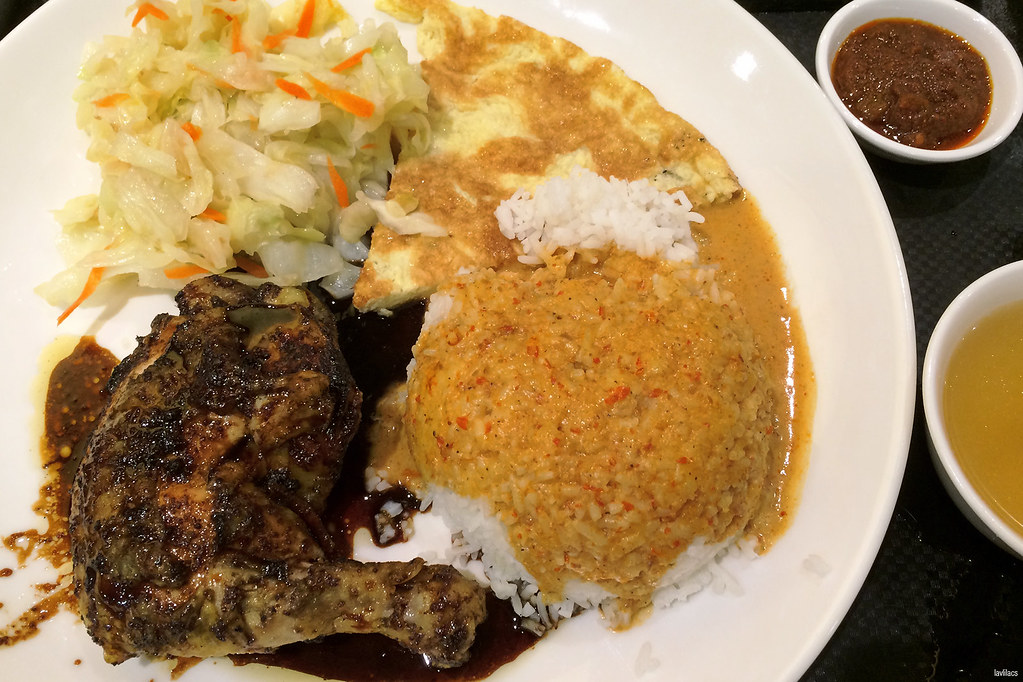
Riverside Indonesian BBQ, ION Orchard, Orchard Road.
With all the food courts and hawker centres available in Singapore, the choices for lunch and dinner are endless. A little too overwhelming especially for someone as indecisive as me. While the above foods were recommended in some way or another to me via a guide or internet review, Riverside Indonesian BBQ was something I stumbled upon completely by chance. My Aunt and I chose a random shopping mall on Orchard Road to have dinner and we chose different food vendors to buy our meals from. Without searching anything up, I chose to have some grilled chicken based on line size and scent alone.The ayam panggang set (grilled chicken with curry rice, veggies, and fried egg) from Riverside was unlike anything else I've ever had. Probably because I have never had Indonesian food before. But still, the grilled chicken and their sauces were amazing! Saucy rice is my biggest weakness. There isn't anything else like slathering a layer or flavor over a plain bed of rice. I remember the meat being very tender and juicy. Yet the highlight of the dish, in my opinion, is whatever the dark caramelized sauce is which the chicken bathes in. Oh~ what I would do to be able to eat this combo again!



